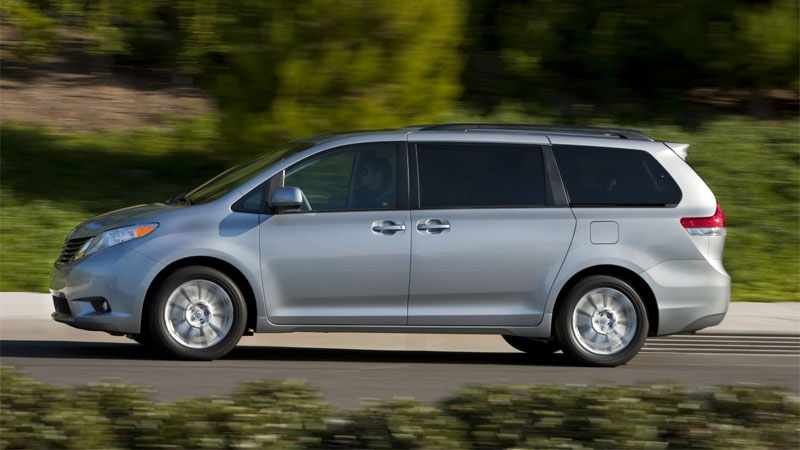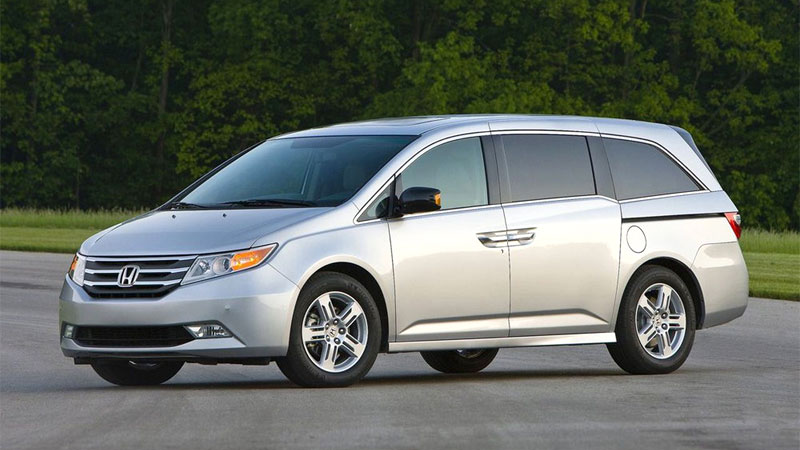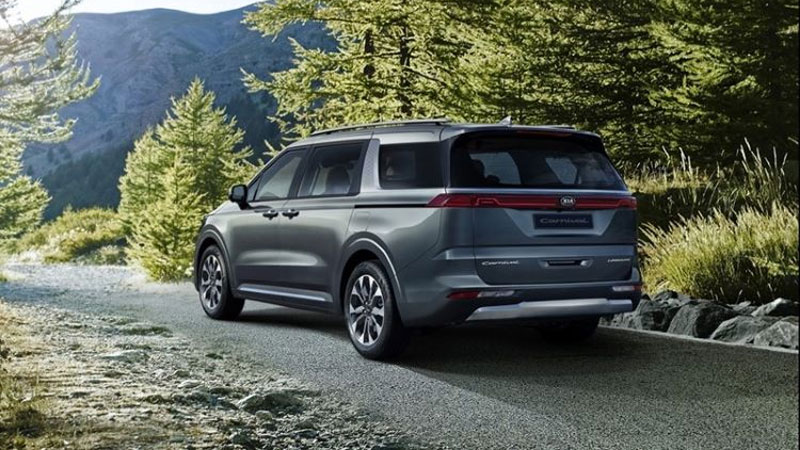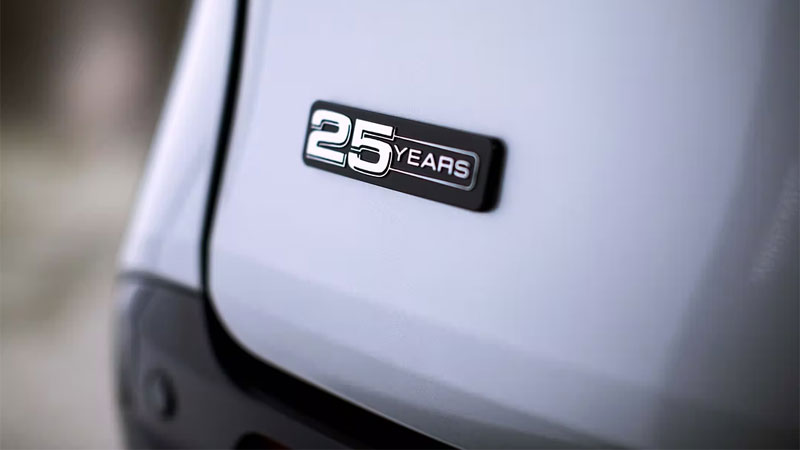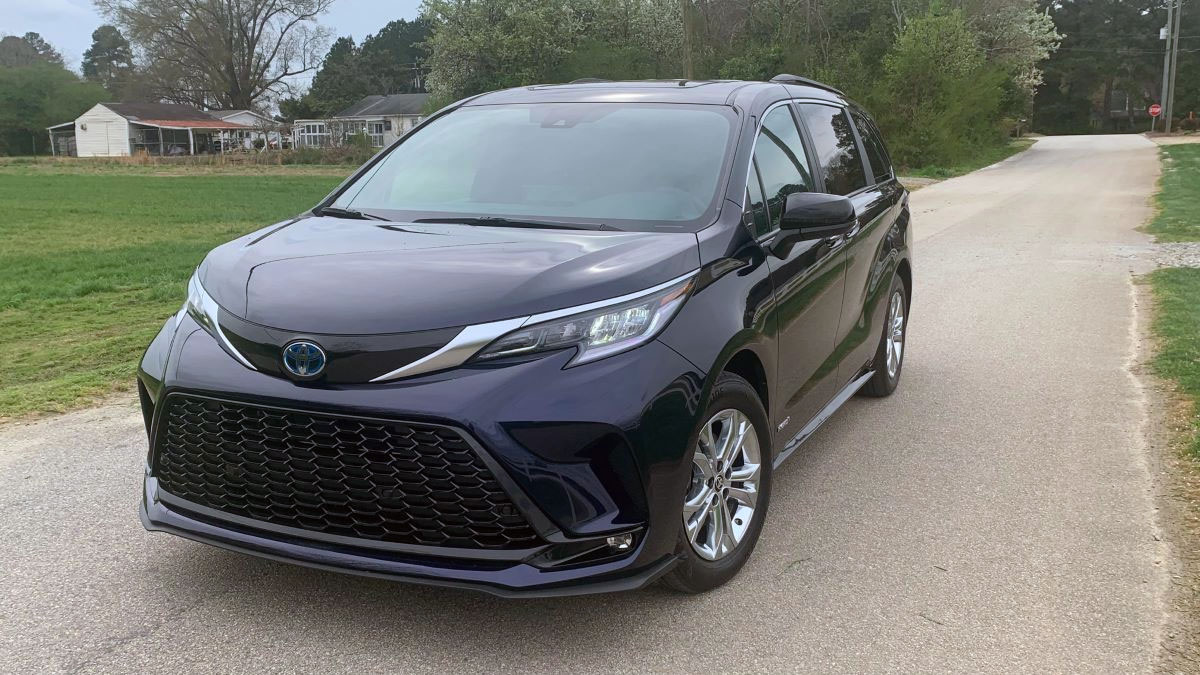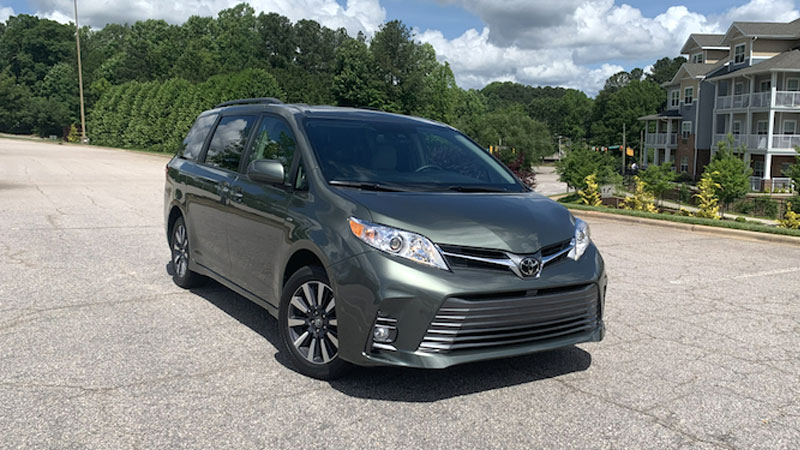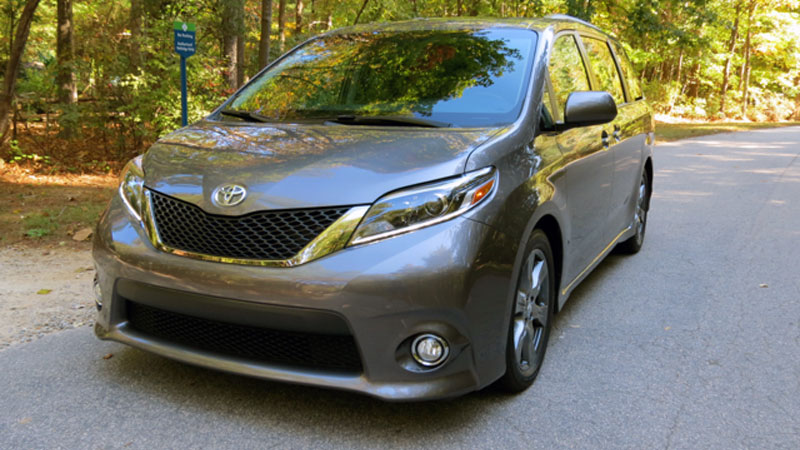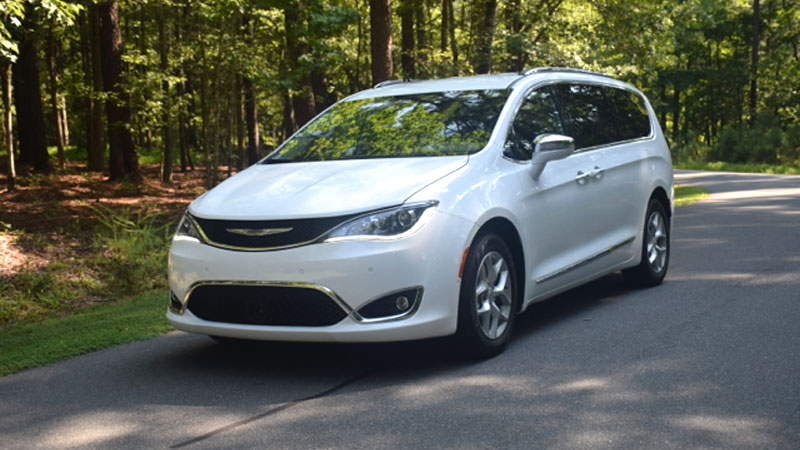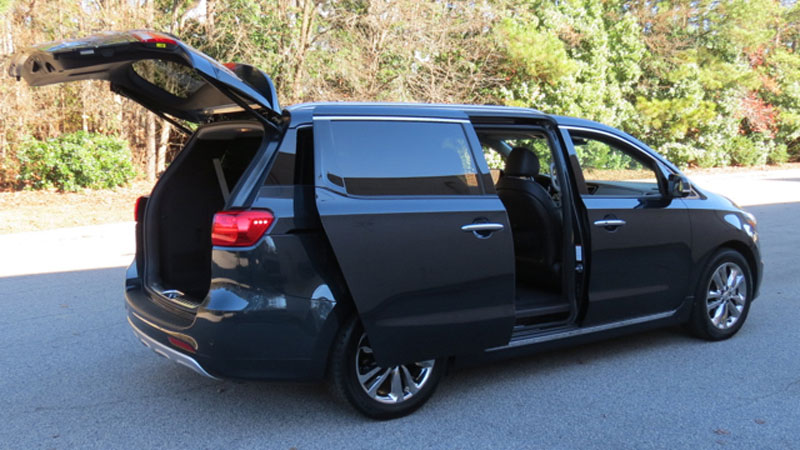How Many Miles Per Gallon Does a 2014 Minivan Get?
The modern minivan movement began in 1983 when the Chrysler Corporation brought the Plymouth Voyager and Dodge Caravan to the market. Those early models were based on the automaker’s K-Car platform, a compact car line that spawned numerous other Chrysler, Dodge and Plymouth models. The earliest minivans lived up to … Read more

